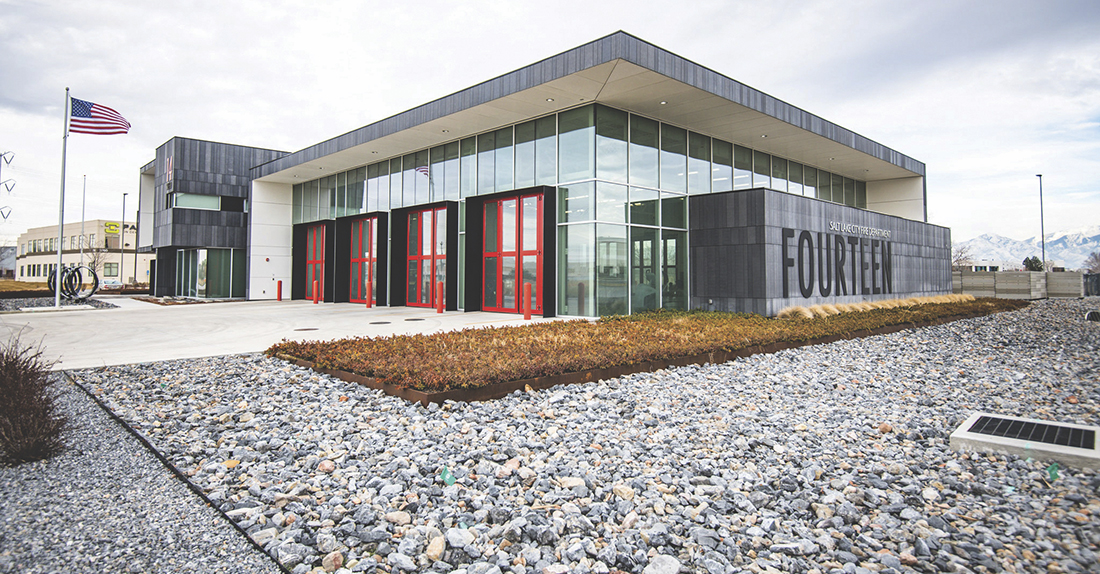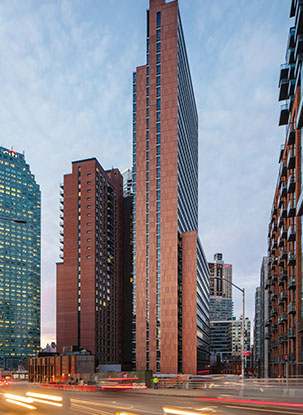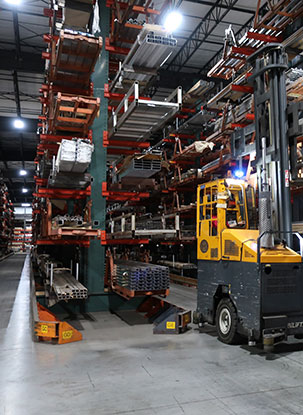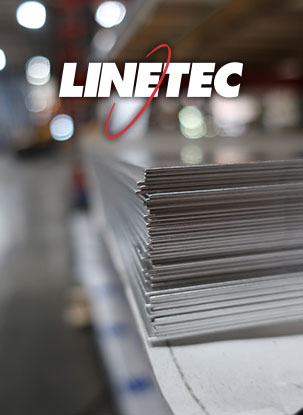 The human eye can differentiate between 10 million colors, and the way in which buildings are designed, built and lit can alter that perceived color. Humans have been making and using paint colors for hundreds of years, however current paint color technology still means we live in a world of variables and while they may be very small, they can still be significant.
The human eye can differentiate between 10 million colors, and the way in which buildings are designed, built and lit can alter that perceived color. Humans have been making and using paint colors for hundreds of years, however current paint color technology still means we live in a world of variables and while they may be very small, they can still be significant.
In most cases the visual difference in painted coatings on a building are minimal. To help minimize color-matching and color variation issues keep in mind these Top 7 points.
- When selecting and approving color chips for your project, view them outside, under natural light, rather than in an office with artificial lighting. Paint chip samples should be viewed under the light source in which the finished project will be seen. The appearance of a color can also be altered by the height, angle and distance of the light source. The time of day and the time of year can influence the visual perception of a color. Atmospheric conditions also can alter natural light.
- Mica and metallic coatings will reflect different appearances according to nearest light and the orientation of the individual flakes within the coating. Paints containing mica or metallic flakes will show some variation in appearance caused by an extensive list of variables, some of which are uncontrollable. (read more) The color of metallic coated material will change with viewing angle. This is due to the “flop” or orientation of the metallic flakes within the coating. These flakes give the coating a depth of color that is visually exciting, but it also makes perfect color uniformity unattainable. Panels that appear the same color when viewed in the same plane will often look different if tilted only a few degrees out of level with each other.
- Color sample chips are prepared in a lab, while project material will be painted and cured on the production line. The lab and production line operating conditions are not the same; temperatures, humidity, cure process and other variables can affect the color difference. Gloss and surface characteristics may vary from sample chips to the actual aluminum used for the project, as color can appear different over different metal types and thicknesses.
- Defects on the aluminum surface can cause color variation. A sanded area of the aluminum may appear darker than unsanded areas. A paint coating will not always cover scuffs and scratches on the aluminum.
- Color matching problems can occur when multiple coating applicators are used. Applicators have various levels of technologies and methodologies. The more enhanced the applicators technology and equipment, such as automated lines, the less risk of color variation. A single batch of paint created by one applicator can vary slightly from a batch created by another applicator or by the paint manufacturer. The only way to guarantee the closest possible color match is to have all the material painted at one time from the same applicator, and from the same batch of paint.
- Choosing the same color in different resin systems, such as Kynar and baked enamel, doesn’t always create the exact same color; and over time, the color difference will increase dramatically as each resin system weathers at a different rate. If more than one performance specification is required, match and approve colors in each resin system prior to application. The color difference is most often due to the different surface texture and gloss of each coating type/paint system. The pigment quality and color robustness are greatly reduced in the less expensive paint systems, such as baked enamels.
- Use touch-up paint sparingly, or if at all possible, avoid its use all together. Touch-up paint will never match the exact color, gloss and texture of the factory-applied paint coating,and will weather much quicker.






